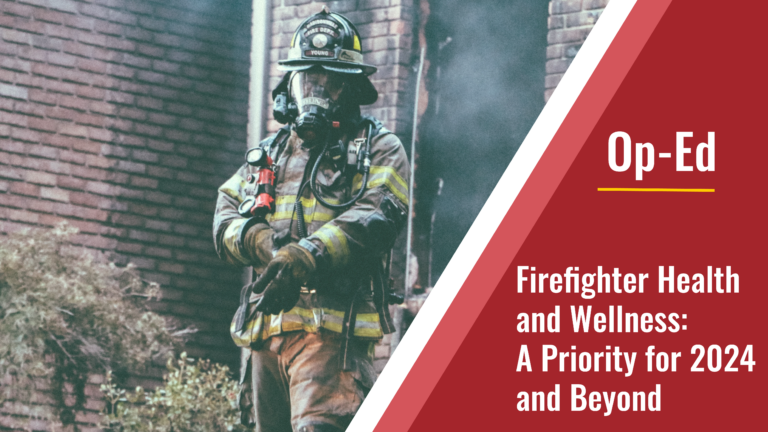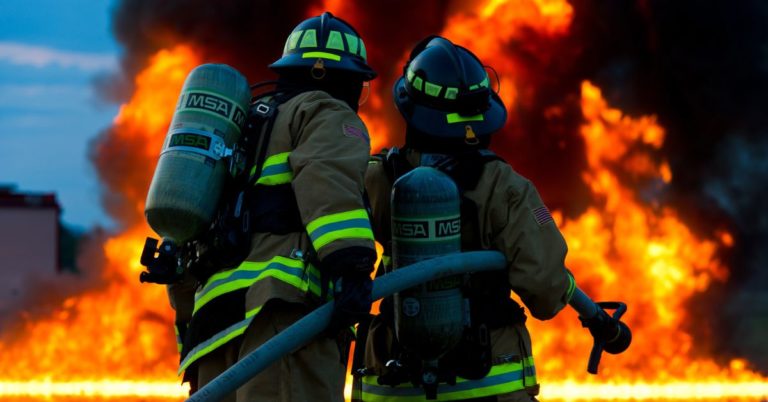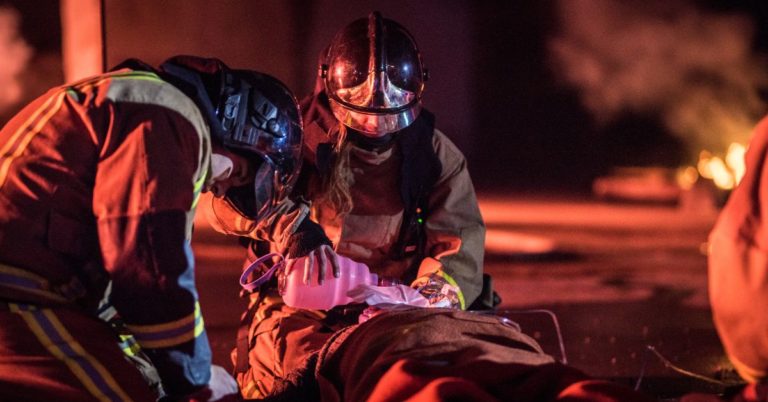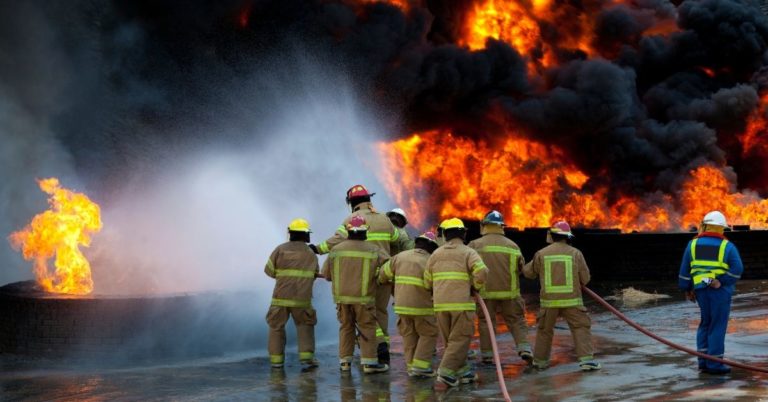Federal Grants are key resources used by local governments across the country to help provide essential funding and resources for their fire departments. According to FEMA, over $6B has been distributed to our nation’s fire departments since 2010 through these 3 core grant programs: Assistance to Firefighters Grants (AFG), provide funding for things such as key operational and safety equipment, vehicles, and fire training; Fire Prevention & Safety Grants (FP&S), help fund important prevention and research initiatives; and Staffing for Adequate Fire and Emergency Response (SAFER) represents the highest funded grant program and is dedicated to giving departments adequate resources towards hiring and recruitment.
SAFER Grants
SAFER grants are essential in the struggle to maintain effective levels of firefighter staffing. Traditionally, hired career firefighters have represented the minority of firefighting staff in the US and typically serve in communities over 25,000 people or more. Likewise, volunteer firefighters have represented the majority population of firefighters in America, and traditionally serve “rural,” or less populated areas of under 25,000 people.

The available data presented by FEMA on the yearly grant dollars distributed through SAFER hiring grants from 2010-2018, show that highs in funding peaked between 2010-2011, at $326M & $331M towards hiring for each respective year. 2010 also marked the most amount of money earmarked in that timeframe to go towards recruitment efforts, totaling $61M. 2013 marked decade lows for both figures at $276M towards hiring and $31M towards recruitment, and in the following year the total number of all firefighters and the total of volunteer firefighters each declined. On average, from 2010-2018, SAFER grants have distributed $300.88M/year towards hiring and $37.66M towards recruitment.
Decreases in Volunteer Firefighters
In 2018, of the roughly 1.11M firefighters in the United States, approximately 745,000 of them were volunteers, according to data presented by FEMA through the USFA. Still, while volunteers outnumber career firefighters by roughly 2:1, data presented by the NFPA determines that their numbers have been in a general downturn since the 1980’s, when considering the number of volunteers per 1,000 residents in their communities.
Between 1986 and 2009, there had only been three years in which the number of volunteer Firefighters per 1,000 people dipped below 7. In the years of 2010-2018, the average total volunteers per 1,000 is 6.35. The average career firefighters over this same span is 1.69 per 1,000 residents. While the number of career firefighters typically climb in down years for volunteer numbers, comparing the firefighters per 1,000 residents in both categories on average between 2010-2018 against their 2009 numbers, demonstrate a consistent decline in both categories.
This information demonstrates that while year-to-year funding levels may temporarily affect the number of firefighters in the country at a given time, in general firefighting staffing has not been able to keep up with increasing populations. In 2009 there were 1.72 career firefighters per 1,000 residents, which means that over the proceeding 9 years, there as roughly a 2% decline in firefighters per 1,000 residents, although the total number of them in general was higher. Using the same metrics for volunteers shows that their presence in their communities has fallen by roughly 13%, and in 2018 the 745,000 volunteers was 67,000 fewer than in 2009.
Funding Allocation for Volunteer Firefighters
Despite the billions of dollars distributed through SAFER Grants since they were first implemented in 2004, the staffing demands relative to number of citizens in our communities has not been able to keep up. As demonstrated above, volunteer departments have suffered the greatest inadequacies in maintaining parity with population growth. A report by FAS.Org suggests that the allotment of these funds has greatly contributed to the decline in volunteer numbers. Despite representing nearly 2/3 of firefighting services in the country, SAFER Grant regulations specify that only 10% of the funds go towards staffing volunteer departments. To better address the decline in these numbers would require reexamining the percentage of these funds being allocated to maintaining, replacing, and growing the ranks of volunteers in America.





